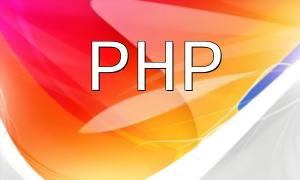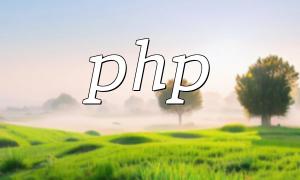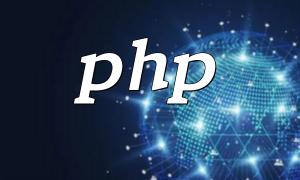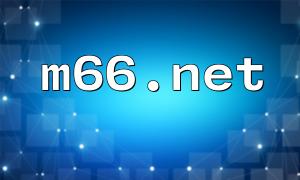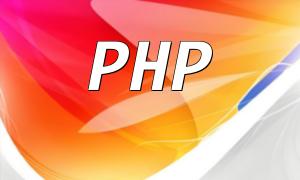The GD (Graphics Draw) library is a built-in PHP extension used for creating, editing, and outputting images. With GD, developers can easily perform operations like resizing, rotating, cropping, adding watermarks, and drawing text. It’s an essential tool for tasks such as generating captchas, thumbnails, and dynamic charts on websites.
Before enabling GD, you should verify whether it’s already active in your PHP environment. Run the following command in your terminal:
php -i | grep "GD Support"If the output shows “Enabled,” the GD library is already active. If not, proceed with the next steps.
Open your PHP configuration file, usually located at /etc/php/php.ini or /usr/local/php/php.ini. Find the following line:
;extension=gdRemove the semicolon at the beginning to uncomment it:
extension=gdSave the file after making changes.
After editing the configuration, restart your web server for the changes to take effect. If you are using Apache, run:
sudo service apache2 restartFor Nginx or other servers, use the appropriate restart command for your setup.
Once restarted, check again with the following command:
php -i | grep "GD Support"If the result shows “Enabled,” the GD library has been successfully activated.
After enabling GD, you can create and manipulate images using PHP. Here’s a simple example that generates an image and adds text to it:
<?php
// Create a canvas
$im = imagecreate(100, 50);
// Set background color to white
imagecolorallocate($im, 255, 255, 255);
// Set text color to black
$color = imagecolorallocate($im, 0, 0, 0);
// Add text to the image
imagestring($im, 5, 10, 10, "Hello, world!", $color);
// Output the image
header("Content-Type: image/png");
imagepng($im);
?>When you run this script, your browser will display a PNG image containing the text “Hello, world!”, confirming that the GD library is working properly.
Enabling the PHP GD library is straightforward — simply enable the module in your php.ini file and restart your server. Once enabled, GD offers powerful image processing capabilities that allow developers to create dynamic visual features such as thumbnails, watermarks, and captchas, enhancing the visual functionality of any PHP-based website.
